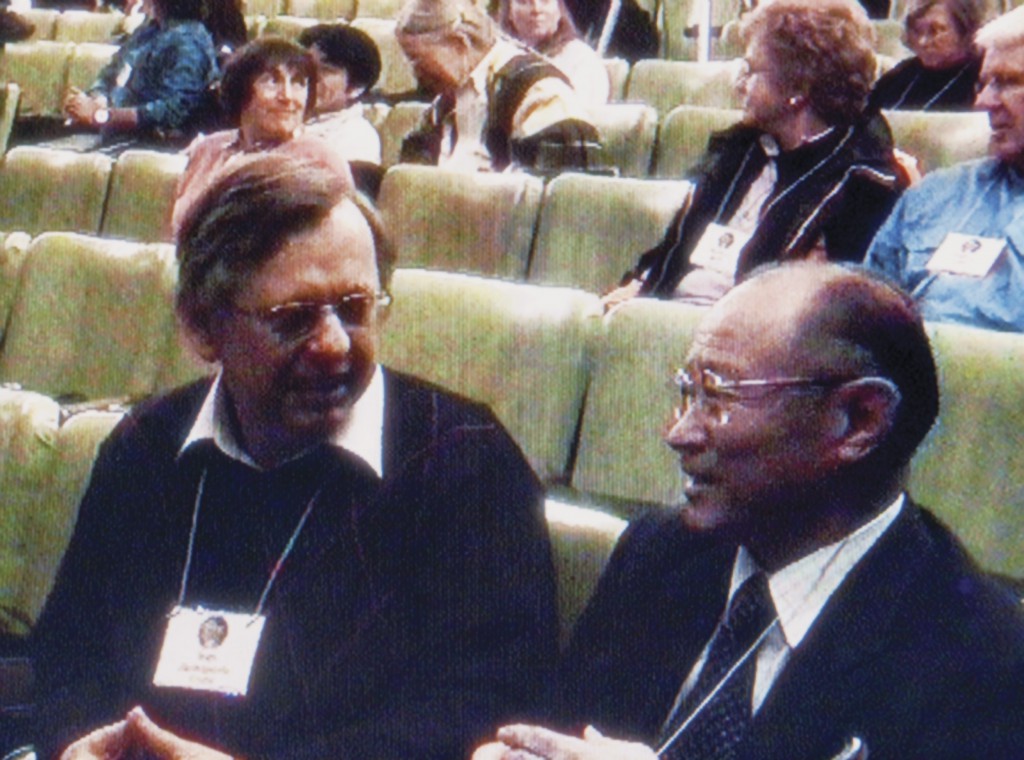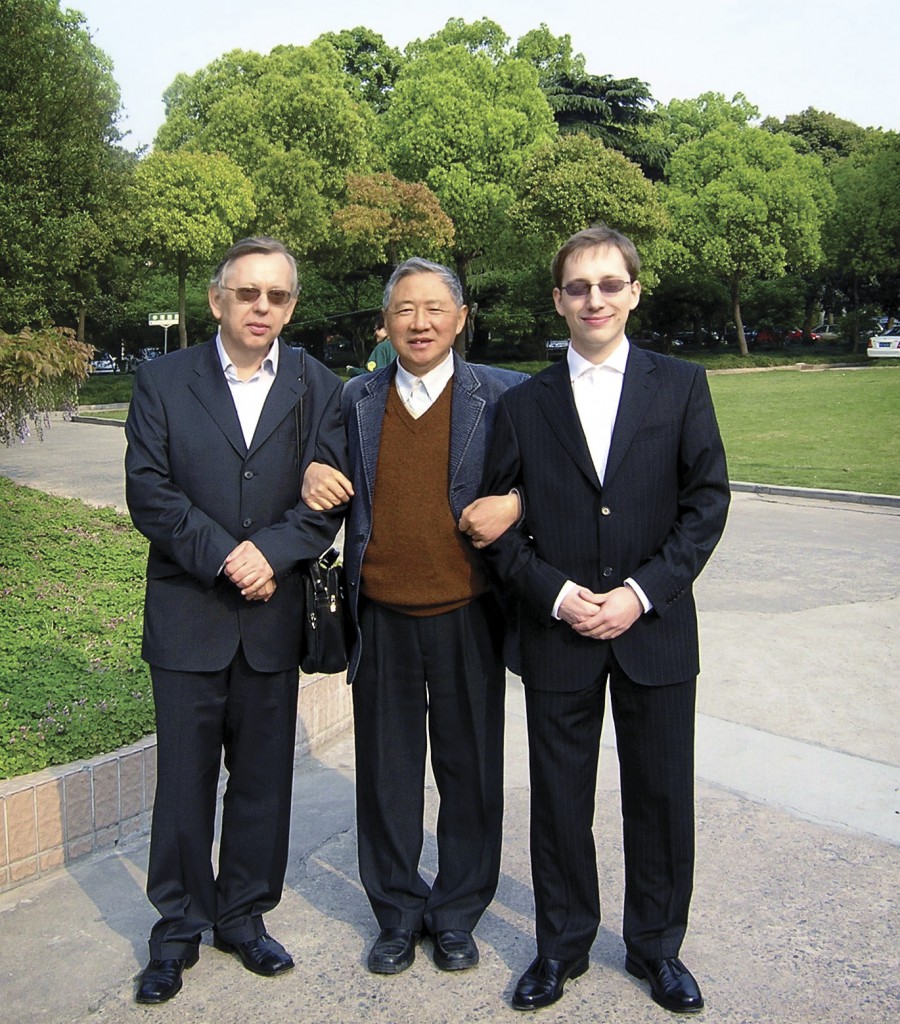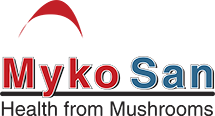Medicinal Mushrooms and Cancer: Research Overview
Introduction to Medicinal Mushrooms and Cancer Research
Traditional healers used medicinal mushrooms to treat various conditions, but early researchers focused mainly on studying their potential effects against tumors, particularly malignant tumors (cancer).
Medicinal Mushroom Research in the East
Japanese Research
Modern research on medicinal mushrooms started in Japan when Dr. Kisaku Mori established the Institute of Mushroom Research in Tokyo in 1936. The primary goal of the Institute was to gather and critically analyze the methods and experiences of traditional use.
The Research Institute of the National Cancer Centre in Tokyo conducted most of the research on the anticancer effects of mushrooms. In 1969, prof. Tetsuro Ikekawa verified the healing effects of 7 edible mushroom extracts on mice with sarcoma 180. In the same year, prof. Goro Chihara published a short article in Nature on the antitumor effects of lentinan (a compound from shiitake), and in 1970 in Cancer on its isolation, chemical structure, and anticancer activity.

In 1974, Hamuro and Chihara conducted a joint study with the Japanese food company Ajinomoto, which confirmed and expanded upon the earlier findings. Around the same time, Chihara published research on lentinan’s preventive and therapeutic effects against cancer metastasis.
We list the most important results of this research below:
| Medicinal mushroom | Cancer regression rate | Complete regression |
| Ganoderma lucidum (reishi) | 98.5% | 4/5 |
| Lentinus edodes (shiitake) | 80.7% | 6/10 |
| Trametes versicolor (turkey tail) | 77.5% | 4/8 |
Particular extract isolates caused a 100% cancer regression rate.
Japanese researchers Mori, Ikekawa, Hamuro, Chihara, Maeda, Taguchi, Nanba, Aoki, Ohno, and many others have proven that medicinal mushrooms can significantly prevent and regress various types of cancer, even achieving complete regression when used on time.
The Japanese government has registered three mushroom drugs for use: PSK (Krestin) from Trametes versicolor in 1977, Lentinan from Lentinus edodes (shiitake) in 1985, and SPG (Sonifilan) from Schizophyllum commune in 1986. Japan still uses all three drugs today.

Chinese Scientists and PSP
Chinese scientists (Xiao-Yu Li, Jia-Fang Wang, Q. Y. Yang, and many others) have been just as active and reached similar results.
Prof. Q. Y. Yang from China isolated polysaccharide-peptide, or PSP, from Trametes versicolor. In 1983, PSP was registered as the first official drug from medicinal mushrooms against cancer in China and is still in use today. PSP is chemically very similar to PSK (Krestin), an official anticancer drug in Japan since 1977, which is also still used in Japan, Australia, and other countries.
Today, a majority of research comes from China.

Cancer Research in the West
The research on medicinal mushrooms and cancer in the West started surprisingly early. In 1958, E. H. Lucas (University of Michigan) confirmed that calvacin – the active ingredient of Calvatia gigantea (giant puffball) – fights cancer. The study would not be possible without direct collaboration between Lucas and K. Mori, one of the Japanese pioneers in the field.
In 1967, L. Hartwell published Plants Used Against Cancer: A Survey, which provides a comprehensive overview of traditional folk medications used for cancer treatment, including mushrooms, both edible and inedible, as well as some poisonous species. Despite its value, the book is now difficult to obtain.

 (1967)
(1967)Medicinal Mushroom Research goes Global
Since 1999, when professors Solomon Wasser, Shu-Ting Chang, and Takashi Mizuno founded the International Journal of Medicinal Mushrooms, Western scientists have vastly increased their contributions to the field. The biennial International Medicinal Mushroom Conferences, which began in 2001, have also played a significant role in this development.

The Far East conducts the majority of medicinal mushroom research worldwide. However, there has been a striking absence of human clinical trials in the West, primarily due to excessively restrictive health authorities and significantly higher costs. In contrast, the Far East has produced over 400 clinical trials involving medicinal mushrooms.
A notable exception is a Torkelson et al. small-scale phase one clinical trial conducted at the University of Minnesota and Bastyr University in the USA in 2012. The study involved nine breast cancer patients who had undergone surgery and chemotherapy and were starting radiation therapy. The researchers examined Trametes versicolor (=Coriolus versicolor, Turkey Tail Mushroom) and aimed to assess its safety by administering up to 9 grams/day for nine weeks. The patients tolerated the mushroom well without reaching the upper limit. The study also suggested that Trametes versicolor is a safe immunotherapy for breast cancer patients that may correct radiotherapy-related immune defects, increasing lymphocyte count and NK cell antitumor activity.
